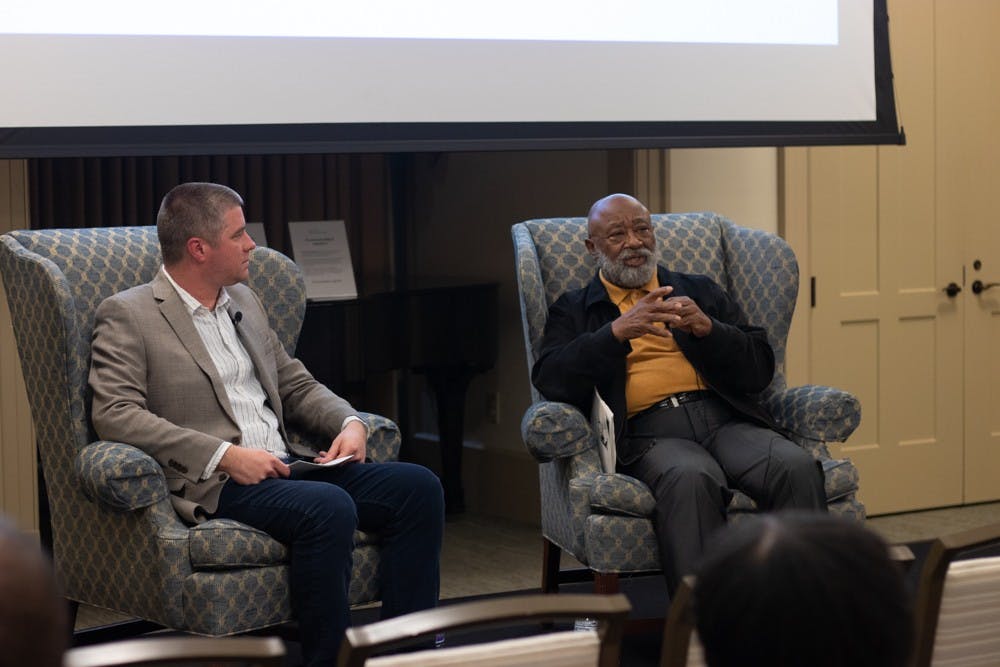Almost 49 years after his death, members of the Chapel Hill community remember James Lewis Cates, a Black man who was murdered in 1970 by a member of a white supremacist biker gang. Though witnesses and researchers say it was clear who was responsible for Cates' death, an all-white jury held nobody accountable.
On Thursday, the Orange County Community Remembrance Coalition and The Center for the Study of the American South co-hosted a public event on UNC’s campus to reflect upon the atrocity of his death.
James Williams, co-chairperson of the Orange County Community Remembrance Coalition, said the coalition was formed in 2018 to educate the public on the history of racial injustice within the community.
“I think it’s clear that that legacy related to racial terror and lynching continues to warp and shape systems today, particularly our criminal justice system,” Williams said at the event. “And the underlying structure and justification for racial terror and lynching was this narrative of racial difference.”
Mike Ogle, a UNC alumnus and journalist who spent two years researching the murder of James Cates, told the story of his death.
He said the night he was killed, Cates was attending an all-night dance marathon hosted by an African American student group and the Student Union. At about 2 a.m., a fight broke out between a group of students attending the dance and the Storm Troopers — a white supremacist biker gang that arrived uninvited.
Ogle said large, scattered fights took place around the Pit. In the midst of the chaos, Cates was stabbed twice. He fell to the bricks, bleeding profusely. The police allowed the Storm Troopers to leave, failing to take Cates to the hospital in a timely manner.
“Police let James Cates die — there’s really no way around it,” Ogle said.
In stark contrast, Ogle said, a white female summer school student was murdered five years earlier in the campus arboretum by a suspected Black male. Following the murder, the FBI was called in — bringing in a blood hound and collecting evidence from the crime scene. When no murder weapon was found, the police had hundreds of UNC students comb the arboretum.




